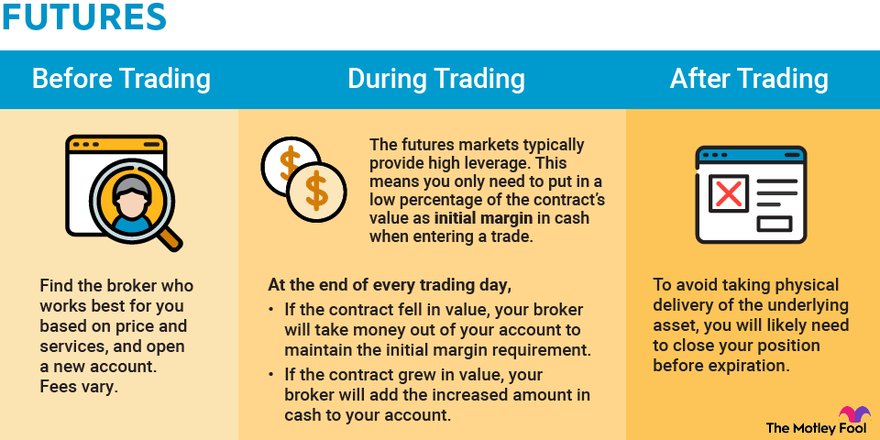Take-profit trading is a vital technique for several traders seeking to secure in profits while controlling dangers effectively. But, actually experienced traders usually produce futures trading discount that can influence their returns. By becoming conscious of these popular pitfalls, you can improve your techniques and make take-profit trading work to your advantage. Here is a breakdown of the most repeated mistakes to watch out for and steer clear of them.
1. Placing Unrealistic Profit Targets
An important error traders produce is placing gain objectives that are overly ambitious. Whilst the purpose of take-profit trading is to maximise gets, unlikely objectives frequently result in overlooked opportunities. For instance, instead of trying for a return that is unlikely within market situations, traders must analyze famous value activities, trends, and practical revenue margins.
To repair this, arrange your gain objectives with market volatility and old resistance levels. Striving for possible goals minimizes disappointment and escalates the possibility of consistently locking in profits.

2. Ignoring Market Trends
Trading against the market development is just a formula for deficits, even if take-profit levels are involved. Some traders collection firm income targets without sales for the general path of the market. This often leads to rapid exits or missed possibilities to capitalize on significant cost movements.
Guarantee that the take-profit methods align with prevailing trends. Applying instruments like moving averages or trendlines will help recognize the broader market path, ensuring you leave trades at optimal levels.
3. Failing to Regulate for Market Situations
The areas are energetic and continually changing. Maintaining a fixed take-profit strategy, no matter current situations, increases the chance of inefficiency. Several traders stick for their original options even if new information or changes in economic situations recommend otherwise.
To handle that, undertake a flexible approach. Check essential factors like market media, volatility, and macroeconomic indicators. Change take-profit levels as new information emerges to make certain they stay relevant.
4. Overlooking Risk-Reward Ratios
A common error lies in ignoring the risk-reward relation of trades. Some traders set limited take-profit levels that do not seem sensible provided the quantity at risk. As an example, endangering $100 to gain $50 undermines efficient trading principles.
To avoid that error, aim for a risk-reward proportion of at the very least 1:2. What this means is the potential income should really be at the least double the quantity you're willing to risk. Following that principle increases the chances of long-term profitability.

5. Mental Trading
One of the very most detrimental mistakes in take-profit trading is letting thoughts determine decisions. Fear and greed often lead to altering take-profit degrees impulsively, which decreases likelihood of staying with an audio strategy.
Overcome that by depending on solid analysis and sticking to predefined rules. Using automatic trading systems can also support eliminate the effect of emotions by executing trades based on predetermined criteria.
Avoiding these common mistakes needs discipline, continuous evaluation, and a readiness to adapt. By carefully controlling your take-profit methods, you can improve your trading success and reduce pointless losses.
